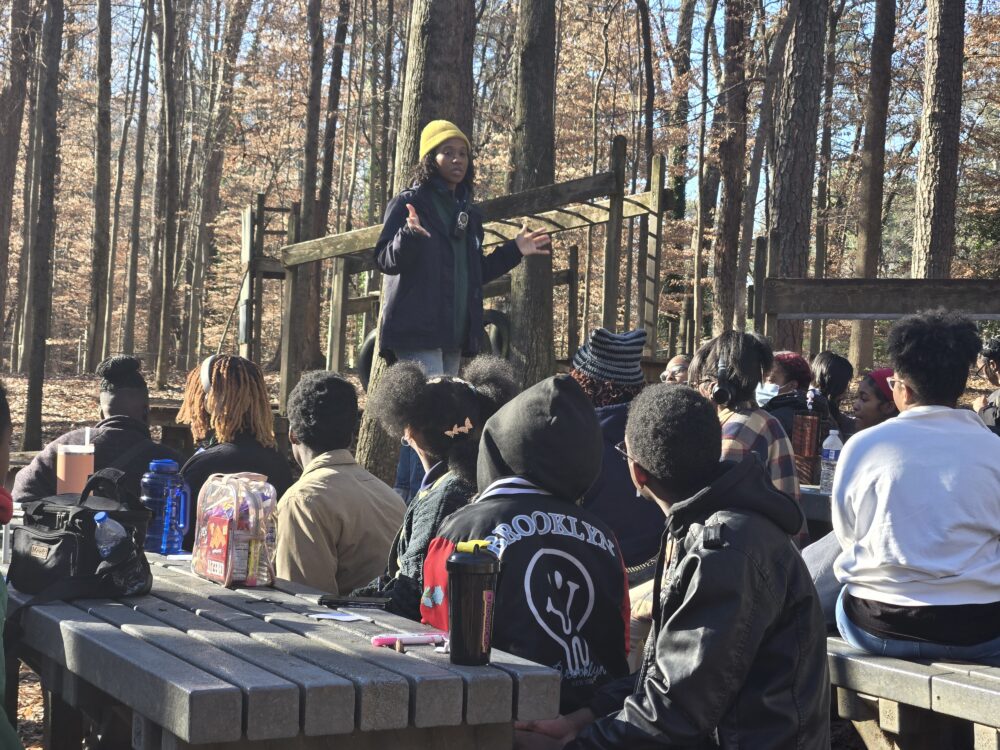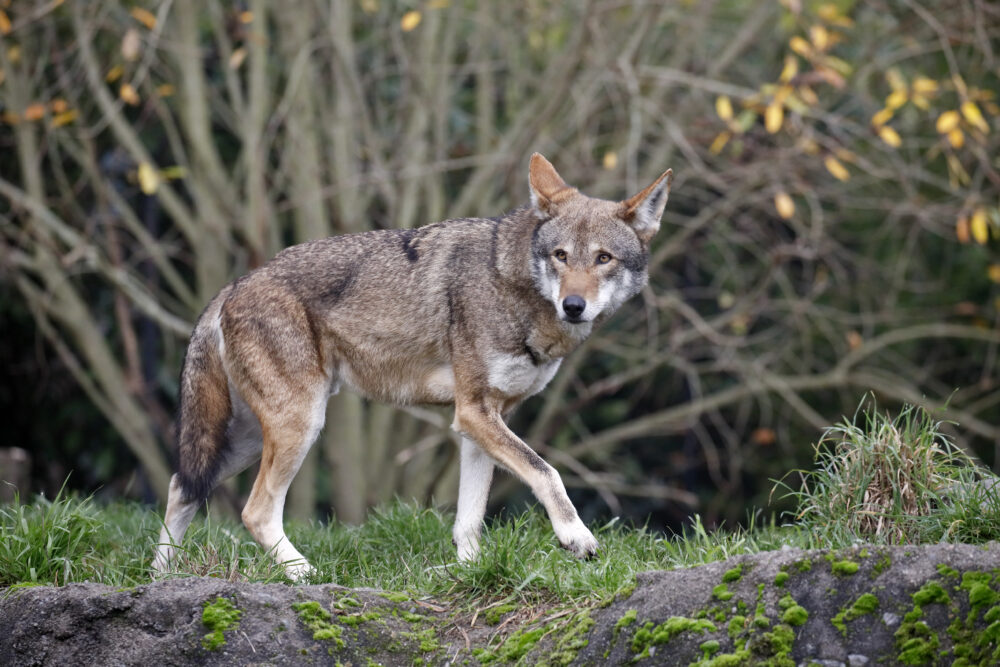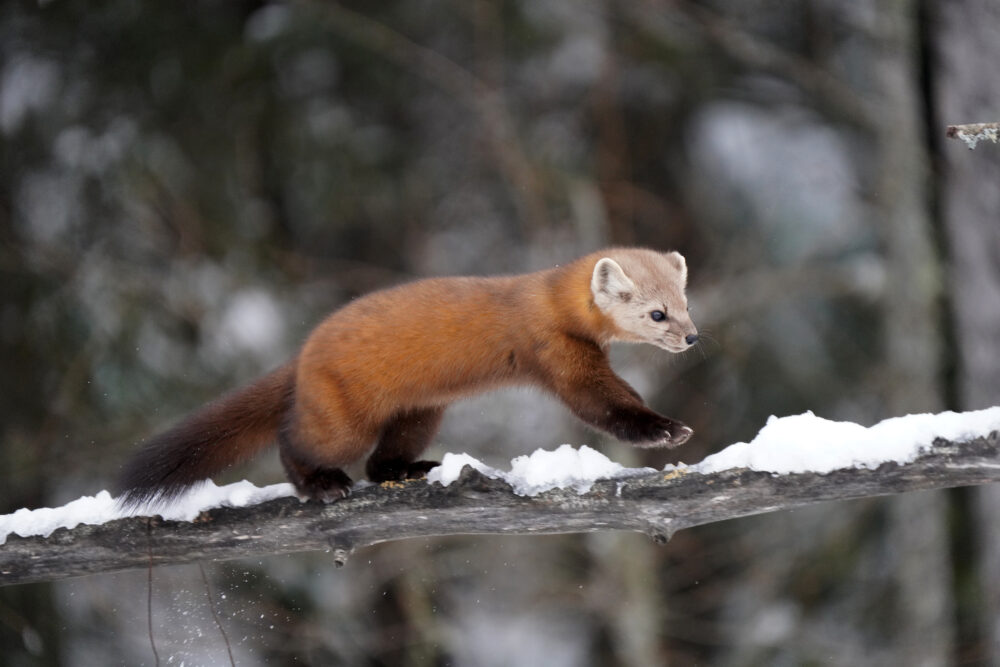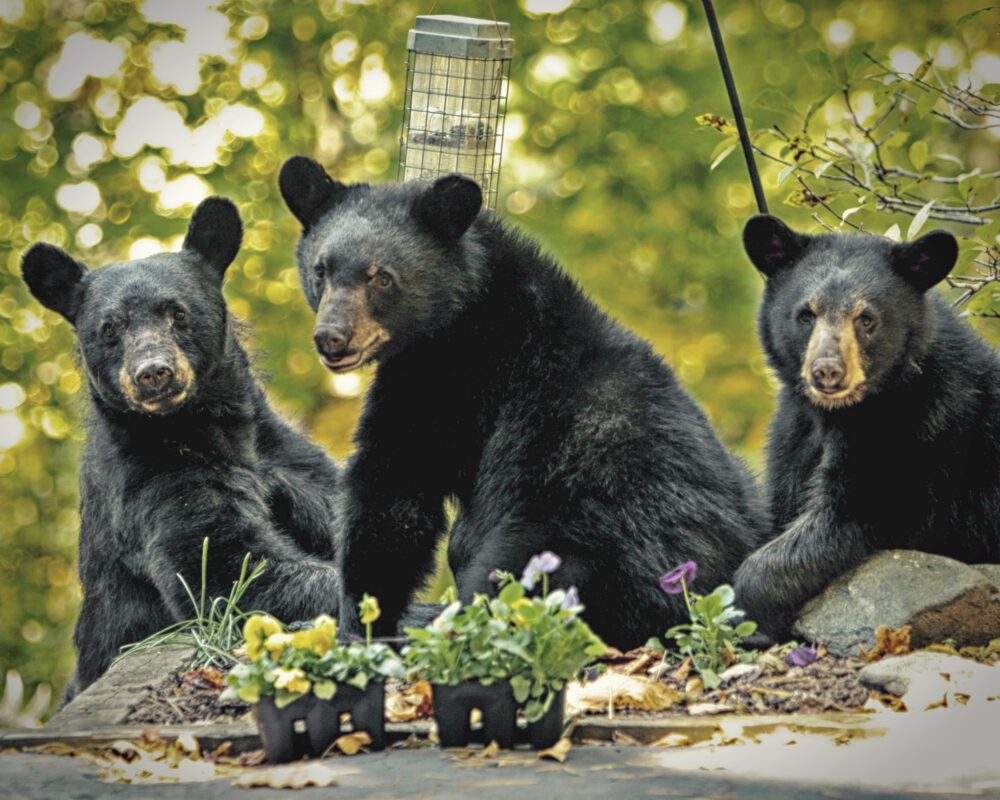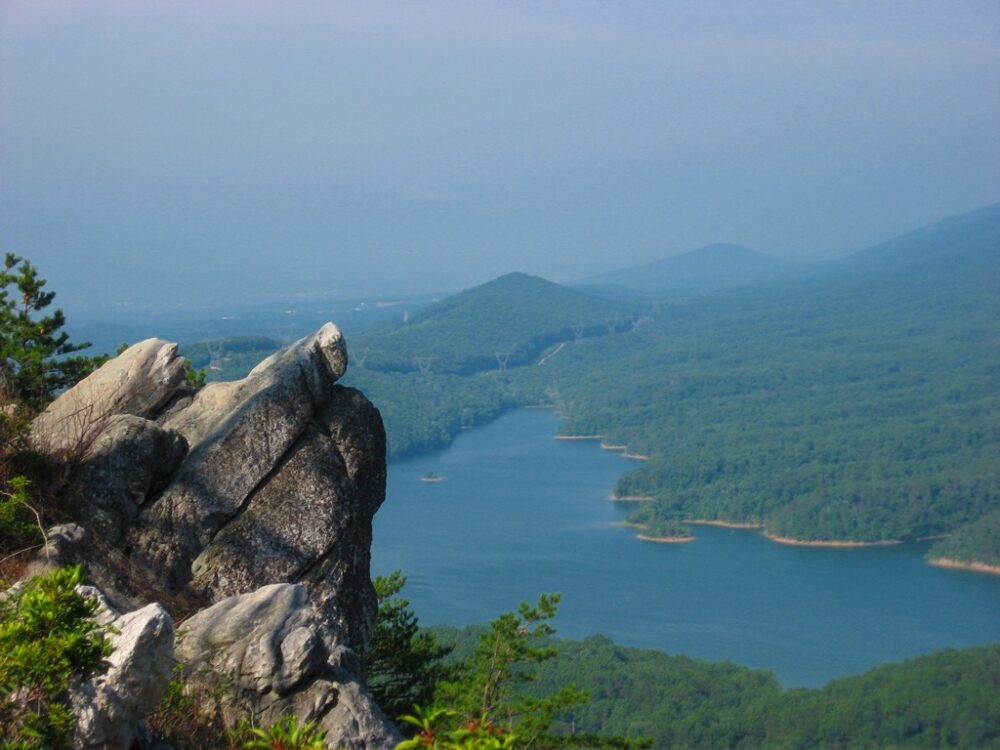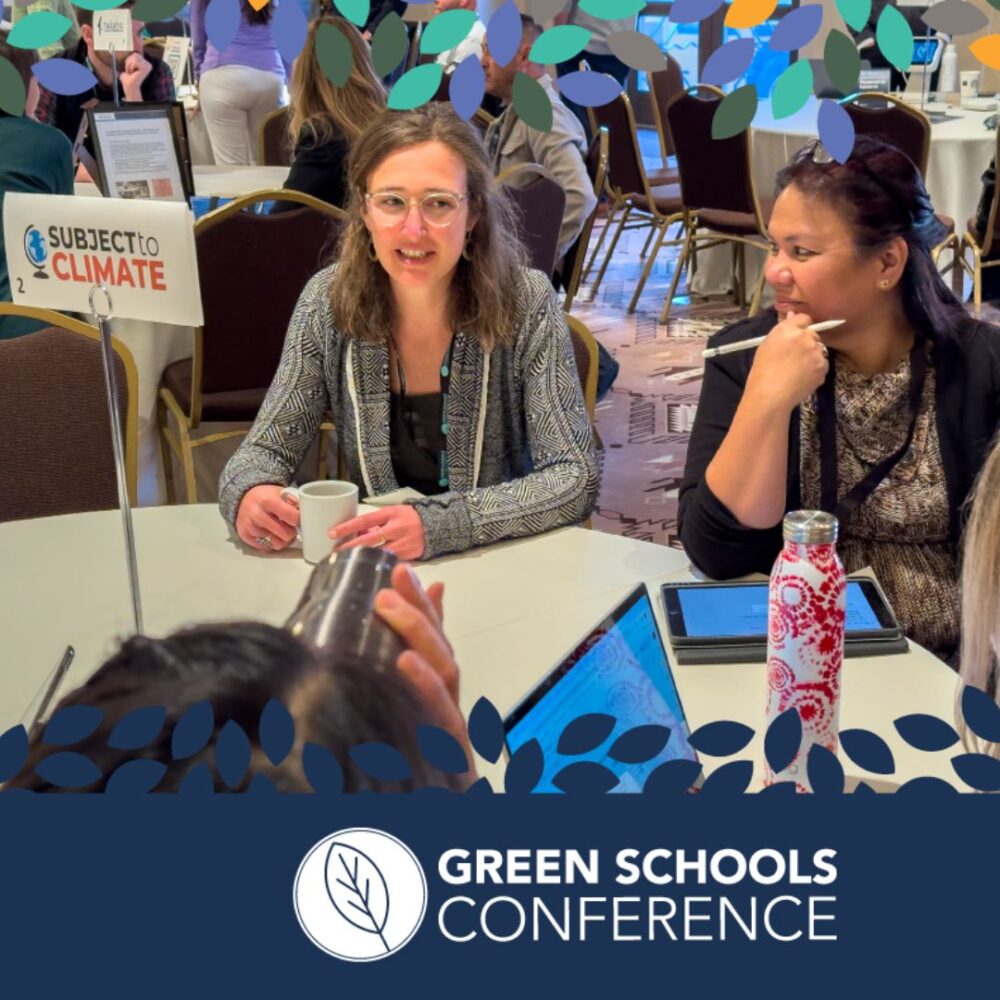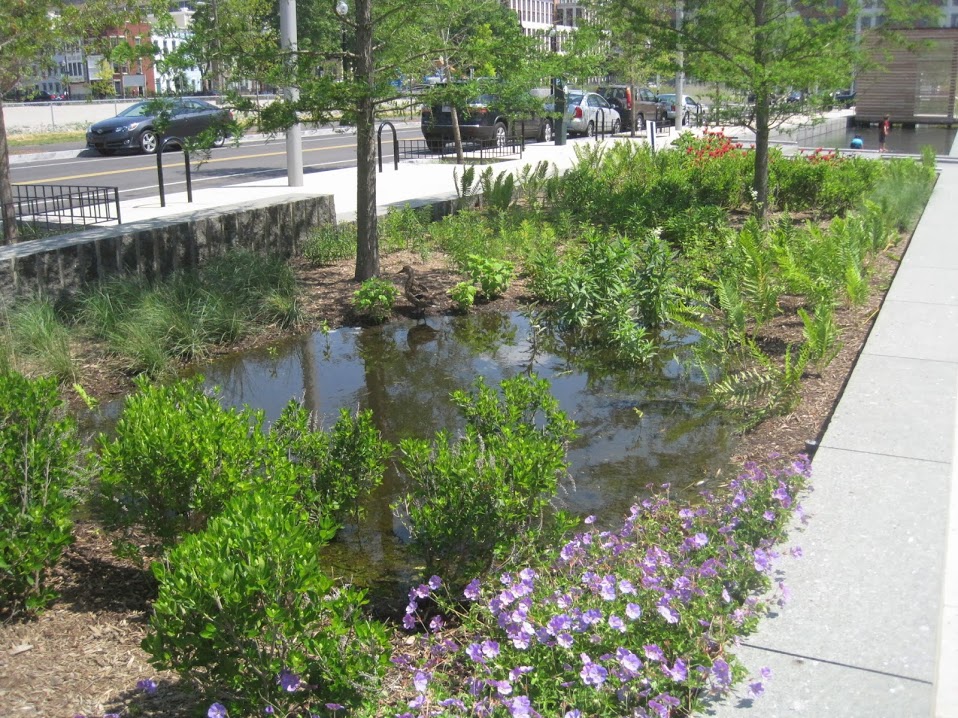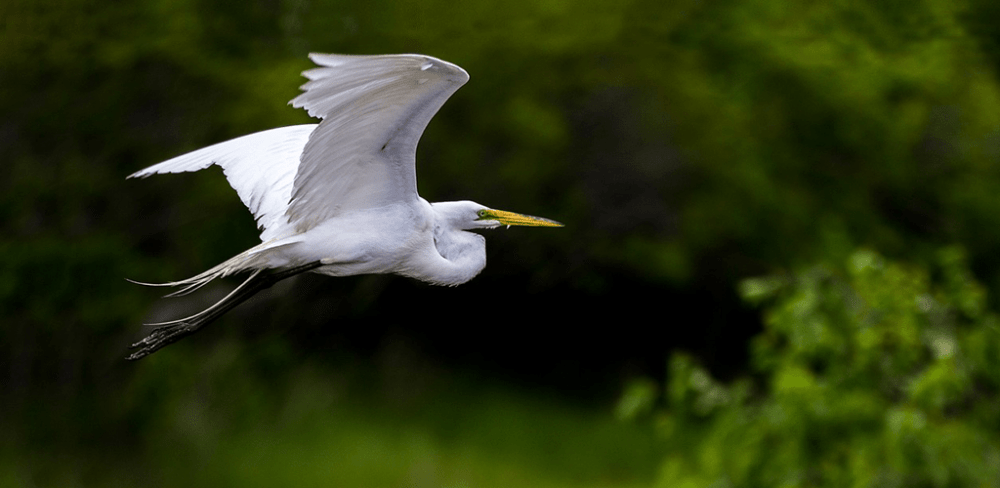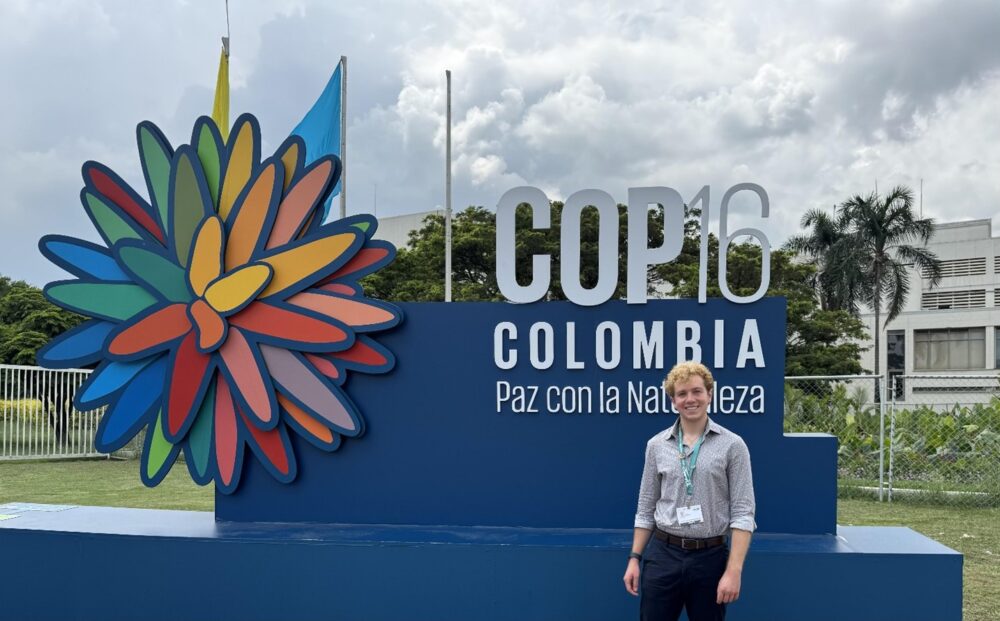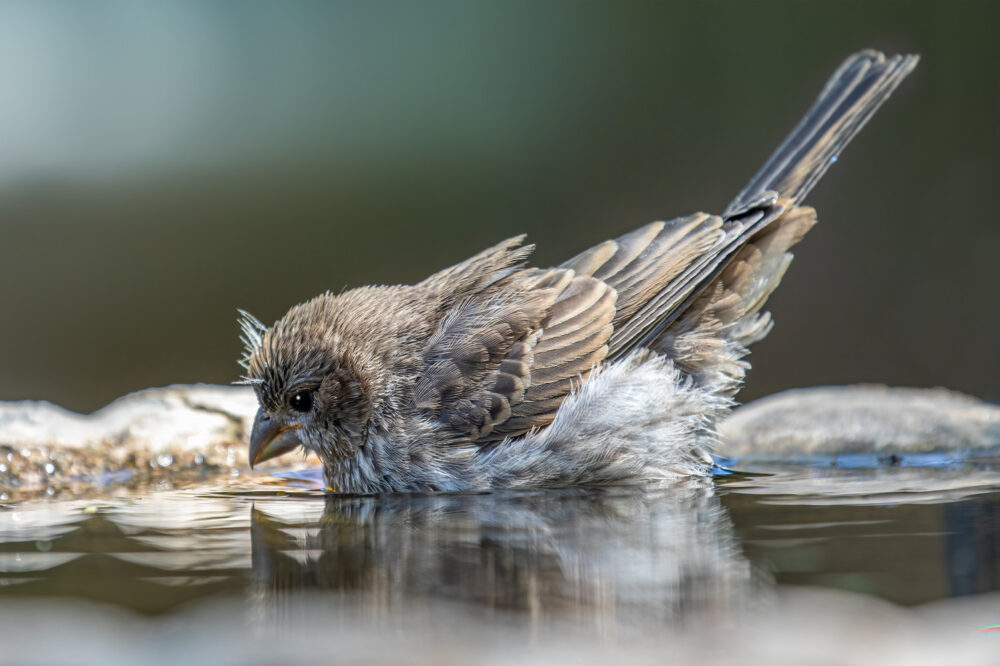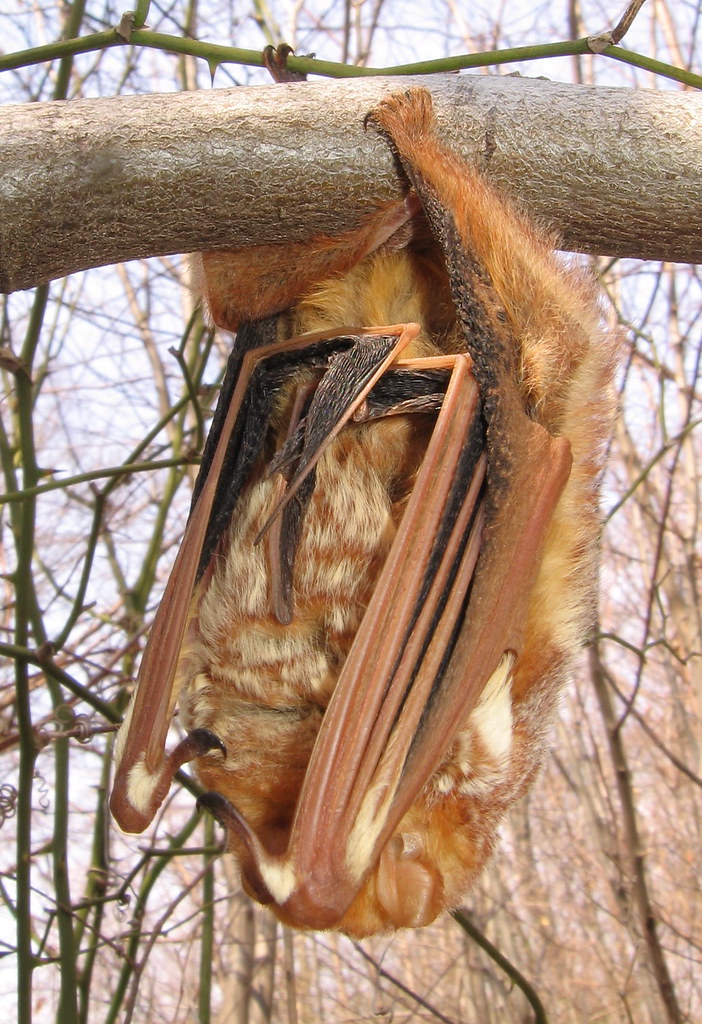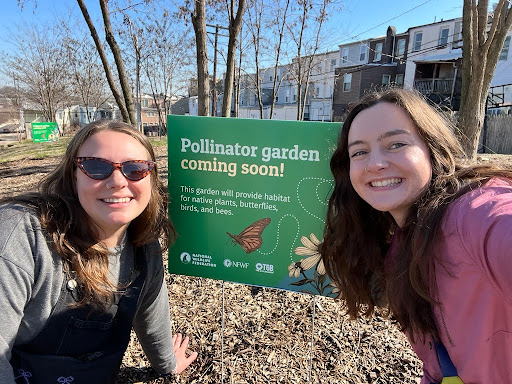We have much more to do and your continued support is needed now more than ever.
Three Tips to Create Your Own Homegrown Habitat
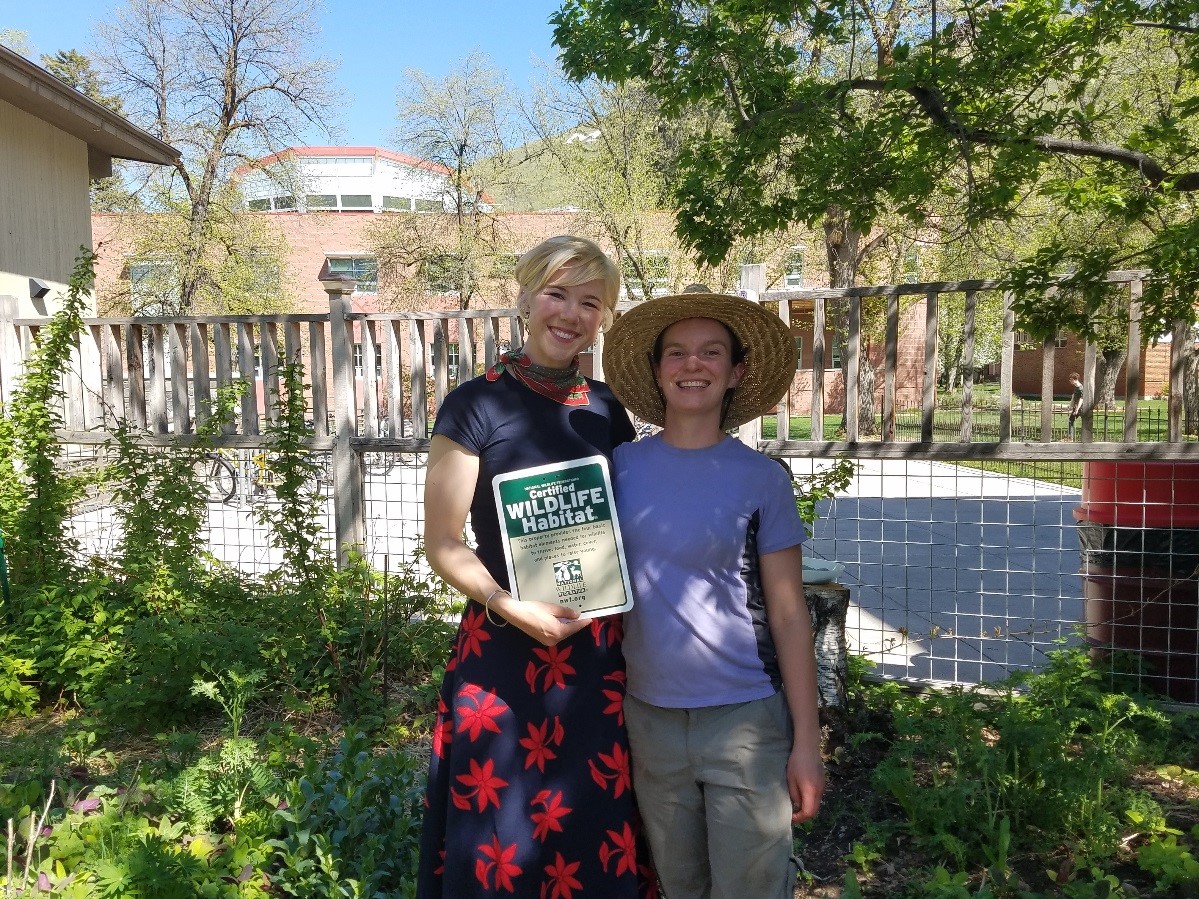
When planning a garden, some believe a choice has to be made between gardening for food or gardening for wildlife. But does it have to be one or the other? Can a garden strive for both?
The University of Montana’s Food Forest answers this question with a resound “yes”! This garden became a National Wildlife Federation Certified Wildlife Habitat, as a part of the Missoula Community Wildlife Habitat Initiative, in May of 2017. Betsy Pickhardt, a University of Montana student intern for the garden, researched the certification process and, with the help of her mentor, Stasia Orkwiszewski, and local wildlife gardener Marilyn Marler, added the few missing habitat elements to get it certified.
Betsy is all about creating “homegrown habitats” and is an avid permaculture and wildlife-friendly gardener. This space makes use of many native Montana plants that are not only edible for humans, but also provides wildlife with food, cover, places to raise their young, and water (provided by handmade bird baths and butterfly puddlers)!
It is easy to create multifunctional gardens like Betsy’s in your own backyard. Here are some tips that will help getting started!
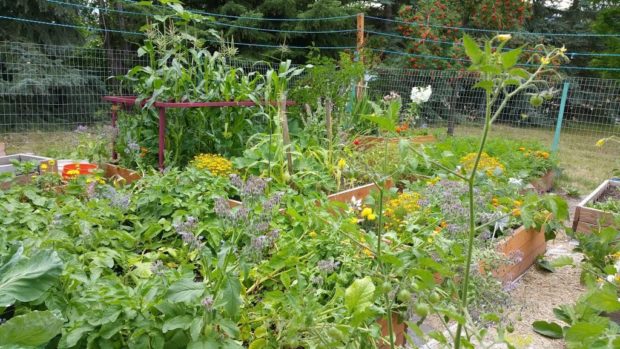
Tip 1: Attract native pollinators (butterflies, moths, bees, beetles, flies, bats, and hummingbirds) to your garden. Here’s how:
Plant a variety of native wildflowers.
- Choose a diverse array of flowers that bloom at different times during the gardening season. This will ensure that many types of pollinators will have a continuous food supply.
Create cover and space to raise young.
- By planting trees and shrubs to create the understory and canopy layers, pollinators will have places to seek refuge. This will also allow a space for pollinators to create nests, hives, or places to lay eggs.
Provide a source of water in a protected area.
- For hummingbirds, a bird bath would be useful. Bees and butterflies on the other hand need a shallow dish with water and gravel. Place these water sources in areas where pollinators will feel safe from predators!
Allow time for the butterflies, hummingbirds, bees, and more to find the garden, and soon enough your wildlife oasis will be buzzing with pollinators!
Tip 2: Plant your vegetable garden near (or dispersed within) the pollinator friendly area.
- Once pollinators have found native plant patches, they will likely pollinate other plants growing near, like vegetables.
- Many vegetables are self-pollinating but often will produce more when pollinated by wildlife.
- After you have harvested your veggies, let the plants go to their flowering stages so that the pollinators can still go about their business!
Tip 3: Use sustainable gardening practices
Minimize the use of fertilizers, insecticides, herbicides and pesticides.
- Pollinator poisoning can occur if the flower that a pollinator is visiting was recently sprayed with a pesticide. Decrease these effects by only using the chemicals where pollinators do not habituate and when they are least active in the season.
- Yard chemicals can runoff into the local water system and cause harm to wildlife. By lessening the use of them you can protect the wildlife outside of your yard too! Here are some more tips to help with this.
Wildlife habitat is in decline and by providing a space for native species to thrive in your garden, you can make a difference. Urban areas are challenging for wildlife to navigate and so by creating corridors for them to travel in, co-existence can be made possible!
Create a Wildlife Garden
